#literally meant to be
Explore tagged Tumblr posts
Text
Fantastic brainstorming session this evening with my bestie. We're really leaning heavily into the body horror now.
#honestly this is not a sub-genre i ever expected to get into#but it works So Well with the rest of the world building#and the necessary motivations for different characters#that it's essentially the logical extension of what I'd already developed#literally Meant To Be#writeblr
11 notes
·
View notes
Text


Btw happy Kanata day :3 as per usual, here are two of my favorite cards
#𝜗𝜚 ┈ oratory 。 📜#*waves at swanee*#happy husband birthday!!#btw the second card always makes me think of kanaswan because of the couple drinks#literally meant to be
4 notes
·
View notes
Text
lawrusso shippers after seeing two old men beat the shit out of each other: they're meant to be😍
#its me#im lawrusso shippers#theyre so in love#literally meant to be#lawrusso#tkk#karate kid#the karate kid#johnny lawrence#daniel larusso
21 notes
·
View notes
Text
In light of recent events
To all the people who are still on the fence about these two. ONE once exposed these two dumb mojos like this on twitter

#literally meant to be#dumb mfers#literally idiots the both of them#saitama#tatsumaki#saitatsu#one punch man#saitama opm#speed o sound sonic#HAHAHAHHAH oh my days
28 notes
·
View notes
Text
in honor of officially being soon to be Mrs. Fushiguro, here is a self-ship moonboard!

anna x toji
#I know this is cringe but who carss#sazh rambles#self ship#jjk#toji fushiguro#sazh moonboards#Toji x me#Anna x Toji#Literally meant to be#This was seriously so fun
4 notes
·
View notes
Text
me and sunghoon are actually soulmates because we both did figure skating 🤞🤞 #real

#sincerelysays!#literally meant to be#came in with iron man’s dupe guy#actually that might the the iron man guy#don’t ask me i suck at celeb names#ME M SUNGHOON LIKE THIS 🤞#(and i did soccer too so like.. me and jake?)#hardest part about having more than 1 acc is choosing which to post on
2 notes
·
View notes
Text
yeah ok im going cram mode.
#i love soft sastiel but like come on#they beat eachother up then make out about it#literally meant to be#cram#dictions
2 notes
·
View notes
Text
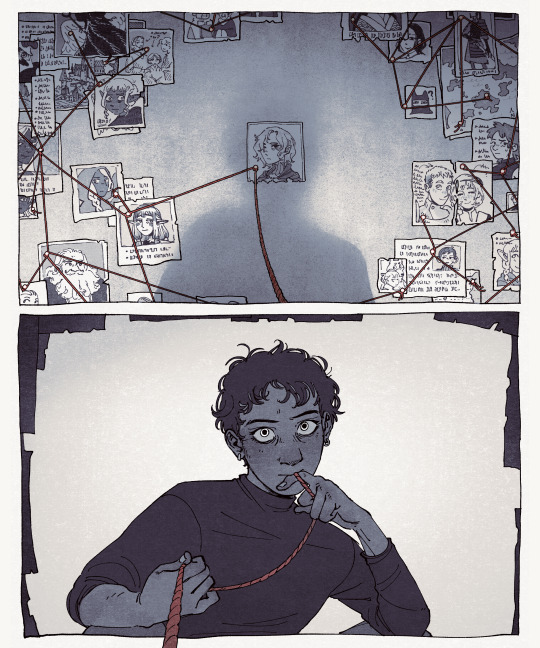
a face you'd find on the side of a milk carton
#dungeon meshi#dunmesh#kabru#mithrun#kabumisu#my art#put a lot of unnecessary thought into how unconnected to portray him & how meta vs literal to make the other entries.#all of the notes mean something <3 its not that deep but it is meant to hold up to being pored over
33K notes
·
View notes
Text
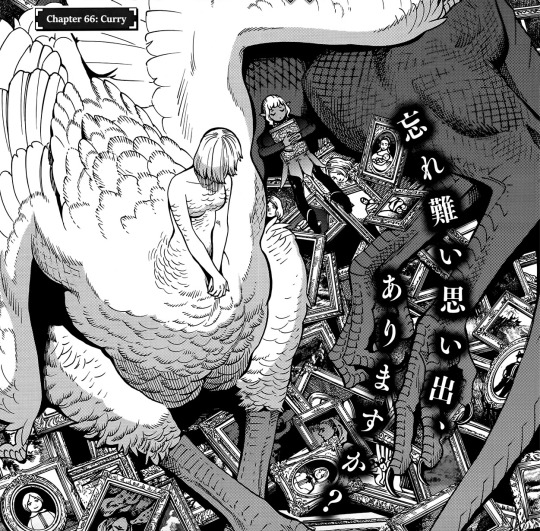


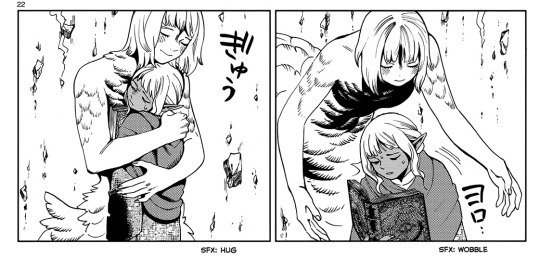
save me mother and child imagery save me thistle’s innate desire for a family save me (peep the mother and child painting on the first pic)
#if you don’t think thistle is meant to be *seen* as a childlike villain with childish motivations by the reader u may need to do a reread#dungeon meshi#falin touden#thistle#delicious in dungeon#dungeon meshi spoilers#delicious in dungeon spoilers#thistle dungeon meshi#like yeah hes not literally a child but im saying she deliberately drew him much younger than when he first appeared
25K notes
·
View notes
Text
the way I’d been trying for era tour tickets for MONTHS and managed to get some the night before the 100th show on the 13th 🥺🥺🥺🥺
#and i was on row 13???#literally meant to be#i am still recovering#but honestly a religious experience#c
0 notes
Text



A TRUE MANN OF SCIENCE
Dr. Ludwig is the best in his field. Which field? Why, all of them! Chemistry, biology, necromancy… Is there anything he can't do? He's the best on the field, too. He's got your back, mein Freund...as long as you have his. In need of medical assistance? Just ask nicely, say the magic word, and don't be such a big baby. Whatever was in your chest cavity will grow back! If it doesn't, the good doctor has plenty to spare.
felt like drawing my medic loadout (˶˃ ᵕ ˂˶) .ᐟ.ᐟ
#tf2#team fortress 2#tf2 medic#medic tf2#illustration#digital art#artists on tumblr#vintage#mine#my art#medic#WHOOOWEEEE not pictured the four hours i spent agonizing over the composition of this#i think . i popped off#IT WASNT MEANT 2 BE THIS WHOLE THANG I WAS LITERALLY JUST GONNA DO A DOODLE PAGE BUT. OOPS IG#HELPP#its so jover. its so jover
3K notes
·
View notes
Text
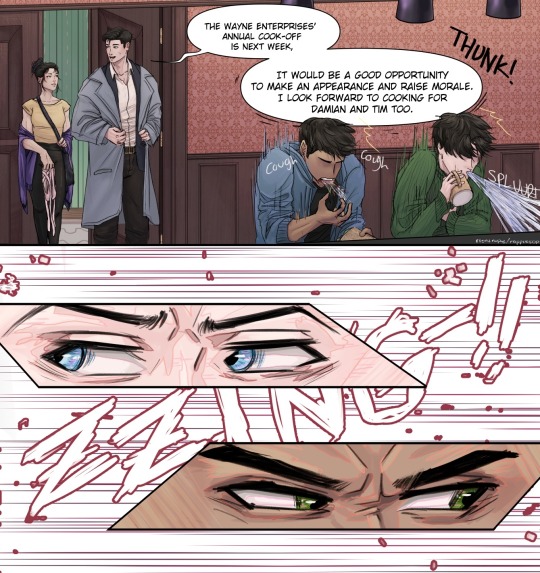
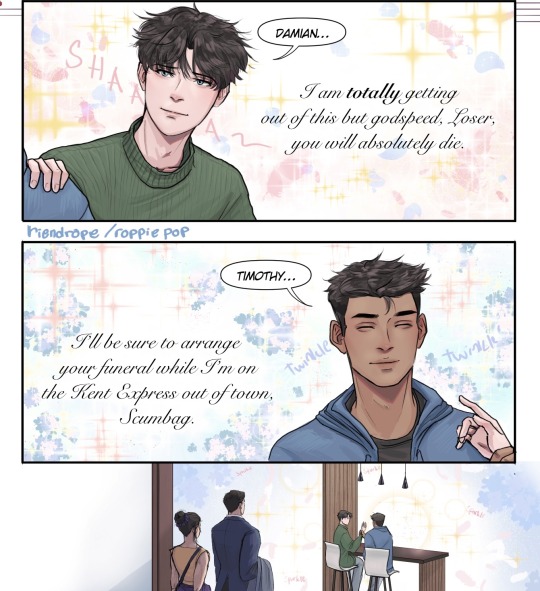
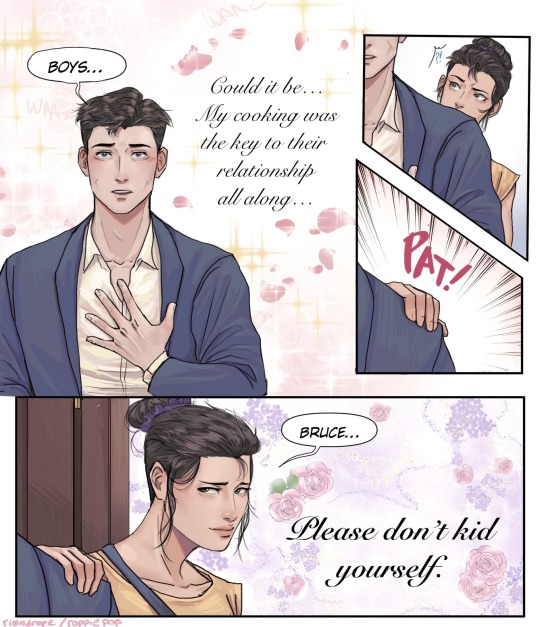
Who’s coming to the cookout?
#bruce wayne#tim drake#damian wayne#cassandra cain#batman#red robin#dc robin#batgirl#dc comics#batfam#batfamily#roppie tries to draw#WE ARE GOING TO IGNORE that comic where bruce seems to be able to cook now#bcs this has been in my drafts for literal years lmao thats how slow i am w these#this comic is also known as ‘wordless communication: how well your family knows you’#dont think too much abt the particulars abt any aspect of this ok 😃👍#i had fun playing around w how i color thinngs i hope its not too messy!!#WAIT DOES THIS SAY COOK-OFF I MEANT COOKOUT!!!!!!!!#(its not a roppie piece without a typo but please OTL read that as i intended im on the ground
11K notes
·
View notes
Text

Stole this for this fandom bc some pEOPLE need to hear this today.
#characters are not meant to be held to society's standARD OF WHAT A GOOD PERSON IS#sTOP TRYING TO MAKE EVERYTHING PERFECT AND DIGESTIBLE#cowards!!! some people just dont wanna face their own flaws and they do that by asceptizing literally everything#it doesnt make you a bad persin ti like problematic characters thank you#aftg#aftg meme
4K notes
·
View notes
Text





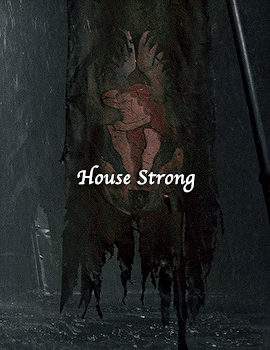




House Strong during the Dance of the Dragons
#house of the dragon#hotd#hotdedit#gameofthronesdaily#mariana does things#photoset#*hotd#house strong#alys rivers#simon strong#lyonel strong#harwin strong#larys strong#jacaerys velaryon#lucerys velaryon#joffrey velaryon#controversially¸ alys#this is literally my family <333333#i always meant to do one of these for them but i recently remembered about it bc one blogger was talking about it on the tags of a post#anywayyyyy
6K notes
·
View notes
Text
[Toon x Mobster] Only he can make him laugh like that...
Jack Desmond is the silly guy. Gavriel Huffman is the scary guy. They come from different worlds that has contrasting genres, one more cartoonishly comedic and the other much dramatically darker.
It's kind of a running gag that Sir Huffman is unable to laugh without looking absolutely wicked. Both in the cartoon world and his own world.
That doesn't stop Jack from being completely smitten with him though, his voice is the most mind-melting thing he's ever had the pleasure to hear
[AUDIO USED:] Men I Trust - show me how
#Toon x Mobster#Jack Desmond#Gavriel Huffman#listen listen listen#I can't get enough of two CLEARLY different characters being in love with each other alright#and I meant different as in they literally come from different genres of stories#like their art styles contrast against each other and MMM it's so delicious#think of it like the movie of Who Framed Roger Rabbits#or Looney Toons: Back in Action#you'll get what I mean if you go to Youtube and watch a clip or two from those movies haha#anyway I just thought this was a fun idea. maybe I'll make more of them#original characters#original character#original character art#ocs#oc#oc artwork#oc art#artists on tumblr#original charater art#my drawing museum
3K notes
·
View notes
Text
What does life in North Korea look like outside of Pyongyang? 🇰🇵
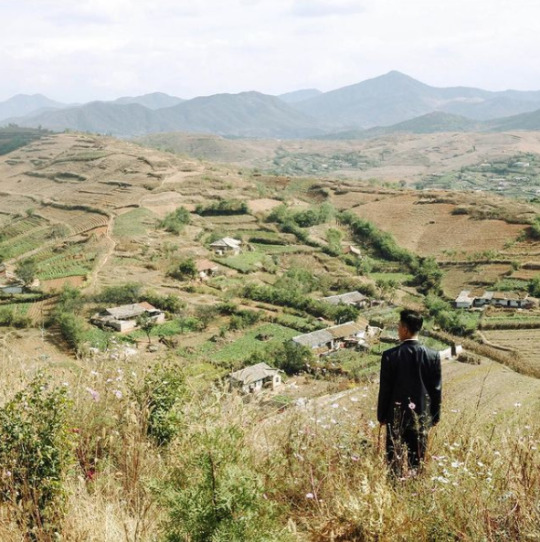
Hey, I'm back again with a very scary "tankie" post that asks you to think of North Koreans as people, and to consider their country not as a cartoonish dystopia, but as a nation that, like any other place on earth, has culture, traditions, and history.
Below is a collection of pictures from various cities and places in North Korea, along with a brief dive into some of the historical events that informs life in the so-called "hermit kingdom."
Warning: very long post
Kaesong, the historic city
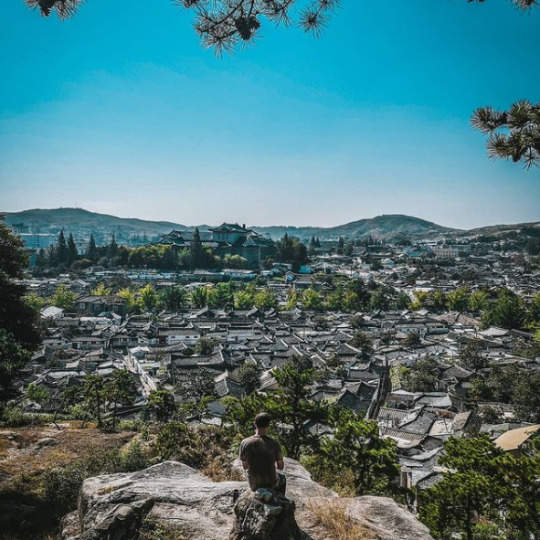
Beginning this post with Kaesong, one of the oldest cities in Korea. It's also one of the few major cities in the DPRK (i.e. "North Korea") that was not completely destroyed during the Korean war.
Every single city you'll see from this point on were victims of intense aerial bombardments from the U.S. and its allies, and had to be either partially or completely rebuilt after the war.
From 1951 to 1953, during what has now become known as the "forgotten war" in the West, the U.S. dropped 635,000 tons of bombs over Korea — most of it in the North, and on civilian population centers. An additional 32,000 tons of napalm was also deployed, engulfing whole cities in fire and inflicting people with horrific burns:
For such a simple thing to make, napalm had horrific human consequences. A bit of liquid fire, a sort of jellied gasoline, napalm clung to human skin on contact and melted off the flesh. Witnesses to napalm's impact described eyelids so burned they could not be shut and flesh that looked like "swollen, raw meat." - PBS
Ever wondered why North Koreans seem to hate the U.S so much? Well...
Keep in mind that only a few years prior to this, the U.S. had, as the first and only country in the world, used the atomic bomb as a weapon of war. Consider, too, the proximity between Japan and Korea — both geographically and as an "Other" in the Western imagination.
As the war dragged on, and it became clear the U.S. and its allies would not "win" in any conventional sense, the fear that the U.S. would resort to nuclear weapons again loomed large, adding another frightening dimension to the war that can probably go a long way in explaining the DPRK's later obsession with acquiring their own nuclear bomb.
But even without the use of nuclear weapons, the indiscriminate attack on civilians, particularly from U.S. saturation bombings, was still horrific:
"The number of Korean dead, injured or missing by war’s end approached three million, ten percent of the overall population. The majority of those killed were in the North, which had half of the population of the South; although the DPRK does not have official figures, possibly twelve to fifteen percent of the population was killed in the war, a figure close to or surpassing the proportion of Soviet citizens killed in World War II" - Charles K. Armstrong
On top of the loss of life, there's also the material damage. By the end of the war, the U.S. Air Force had, by its own estimations, destroyed somewhere around 85% of all buildings in the DPRK, leaving most cities in complete ruin. There are even stories of U.S. bombers dropping their loads into the ocean because they couldn't find any visible targets to bomb.
What you'll see below of Kaesong, then, provides both a rare glimpse of what life in North Korea looked like before the war, and a reminder of what was destroyed.
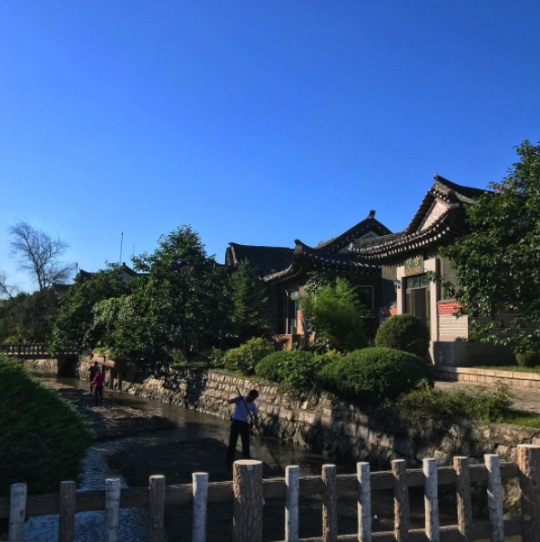
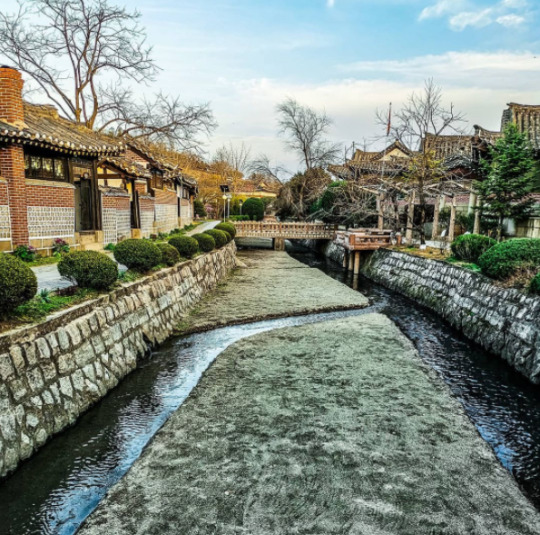
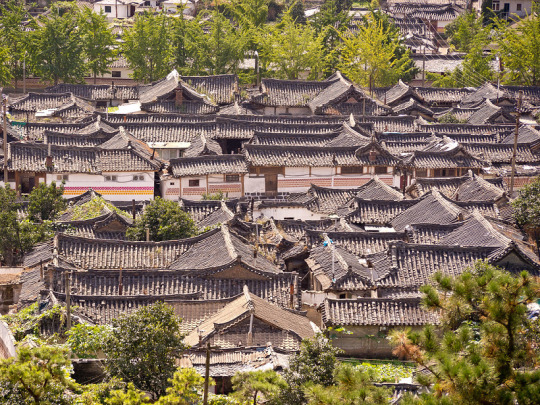
Kaesong's main street, pictured below.
Due the stifling sanctions imposed on the DPRK—which has, in various forms and intensities, been in effect since the 1950s—car ownership is still low throughout the country, with most people getting around either by walking or biking, or by bus or train for longer distances.
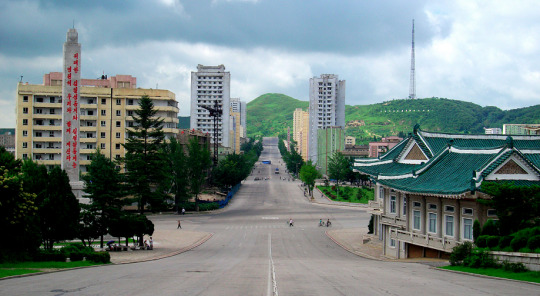
Kaesong, which is regarded as an educational center, is also notable for its many Koryŏ-era monuments. A group of twelve such sites were granted UNESCO world heritage status in 2013.
Included is the Hyonjongnung Royal Tomb, a 14th-century mausoleum located just outside the city of Kaesong.
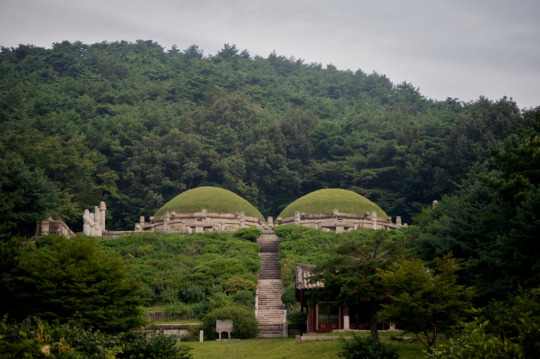
One of the statues guarding the tomb.
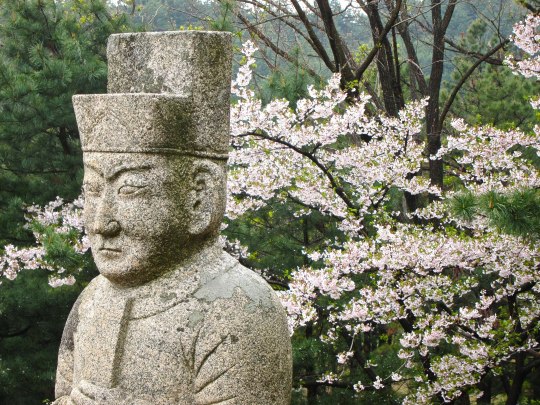
Before moving on the other cities, I also wanted to showcase one more of the DPRK's historical sites: Pohyonsa, a thousand-year-old Buddhist temple complex located in the Myohyang Mountains.
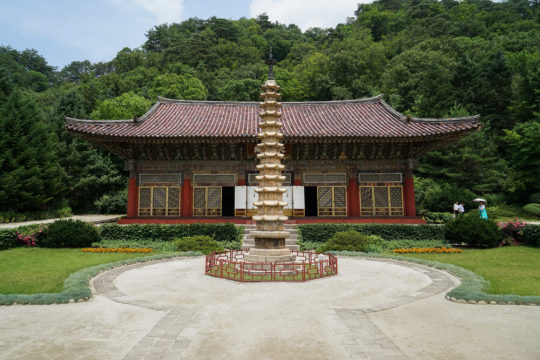
Like many of DPRK's historic sites, the temple complex suffered extensive damage during the Korean war, with the U.S. led bombings destroying over half of its 24 pre-war buildings.
The complex has since been restored and is in use today both as a residence for Buddhist monks, and as a historic site open to visitors.
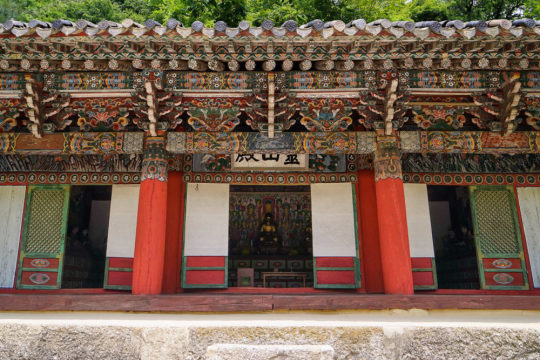
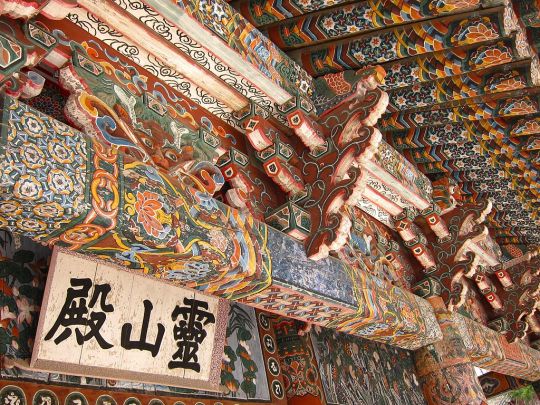
Hamhung, the second largest city in the DPRK.
A coastal city located in the South Hamgyŏng Province. It has long served as a major industrial hub in the DPRK, and has one of the largest and busiest ports in the country.
Hamhung, like most of the coastal cities in the DPRK, was hit particularly hard during the war. Through relentless aerial bombardments, the US and its allies destroyed somewhere around 80-90% percent of all buildings, roads, and other infrastructure in the city.
Now, more than seventy years later, unexploded bombs, mortars and pieces of live ammunition are still being unearthed by the thousands in the area. As recently as 2016, one of North Korea's bomb squads—there's one in every province, faced with the same cleanup task—retrieved 370 unexploded mortar rounds... from an elementary school playground.
Experts in the DPRK estimate it will probably take over a hundred years to clean up all the unexploded ordnance—and that's just in and around Hamhung.
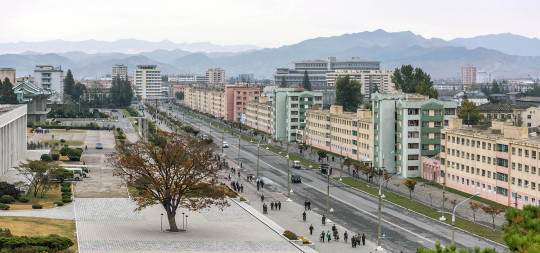
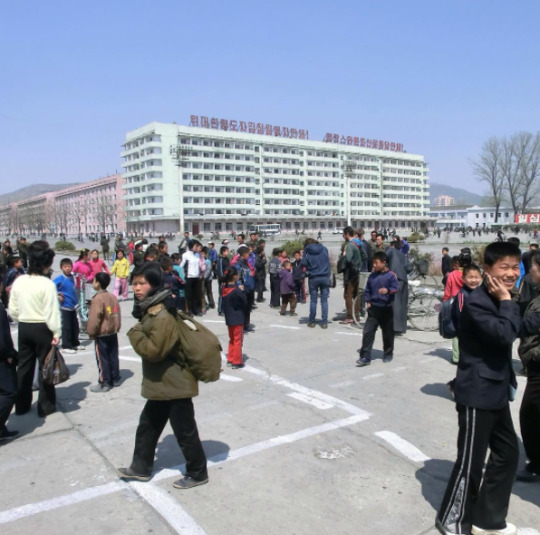
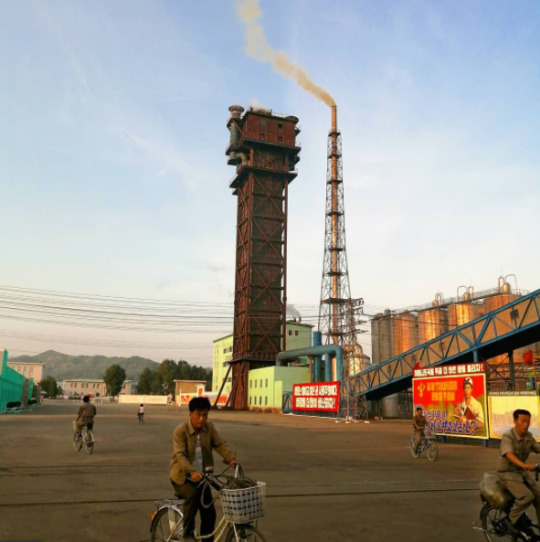
Hamhung's fertilizer plant, the biggest in North Korea.
When the war broke out, Hamhung was home to the largest nitrogen fertilizer plant in Asia. Since its product could be used in the creation of explosives, the existence of the plant is considered to have made Hamhung a target for U.S. aggression (though it's worth repeating that the U.S. carried out saturation bombings of most population centers in the country, irrespective of any so-called 'military value').
The plant was immediately rebuilt after the war, and—beyond its practical use—serves now as a monument of resistance to U.S. imperialism, and as a functional and symbolic site of self-reliance.
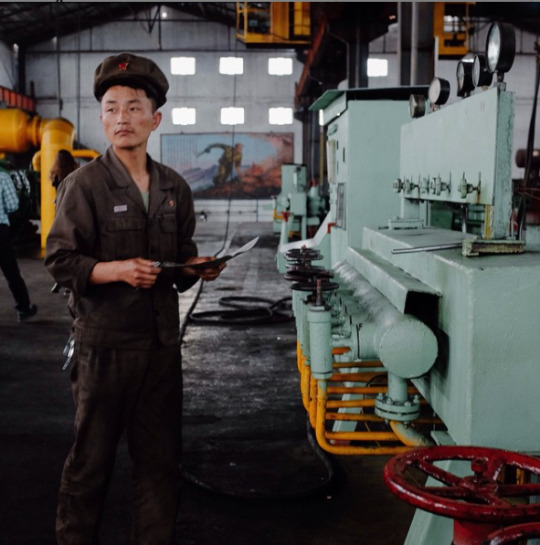
Chongjin, the third largest city in the DPRK.
Another coastal city and industrial hub. It underwent a massive development prior to the Korean war, housing around 300,000 people by the time the war broke out.
By 1953, the U.S. had destroyed most of Chongjin's industry, bombed its harbors, and killed one third of the population.
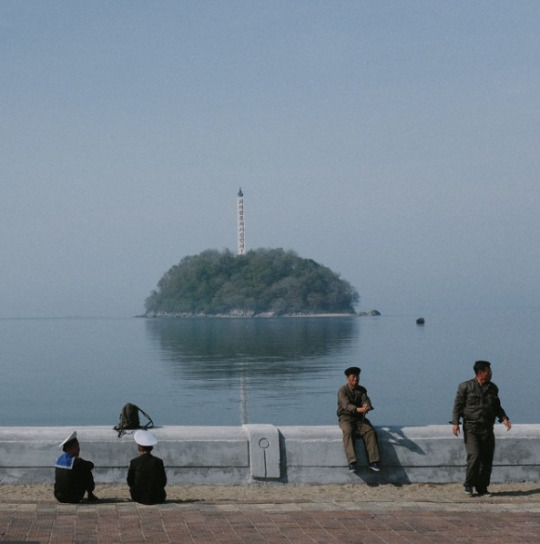
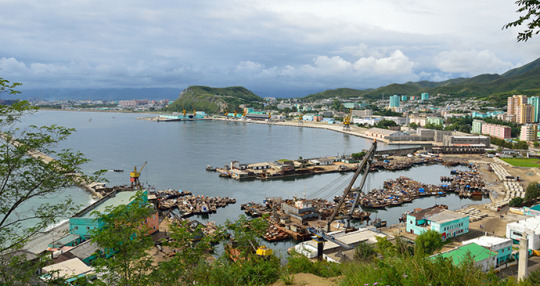
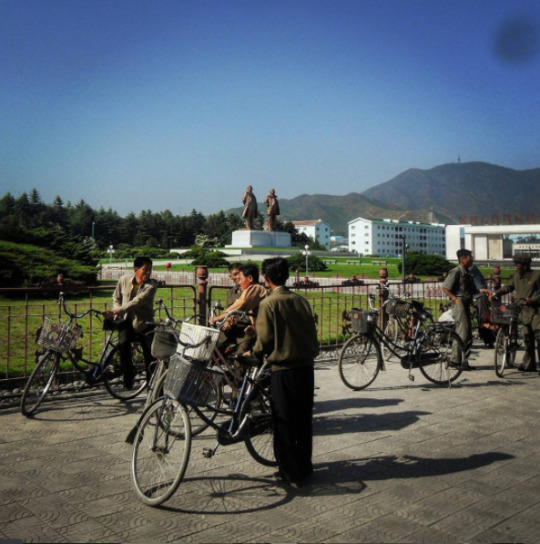
Wonsan, a rebuilt seaside city.
The city of Wonsan is a vital link between the DPRK's east and west coasts, and acts today as both a popular holiday destination for North Koreans, and as a central location for the country's growing tourism industry.
Considered a strategically important location during the war, Wonsan is notable for having endured one of the longest naval blockades in modern history, lasting a total of 861 days.
By the end of the war, the U.S. estimated that they had destroyed around 80% of the city.
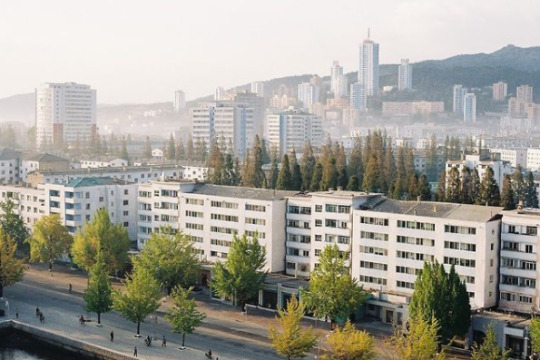
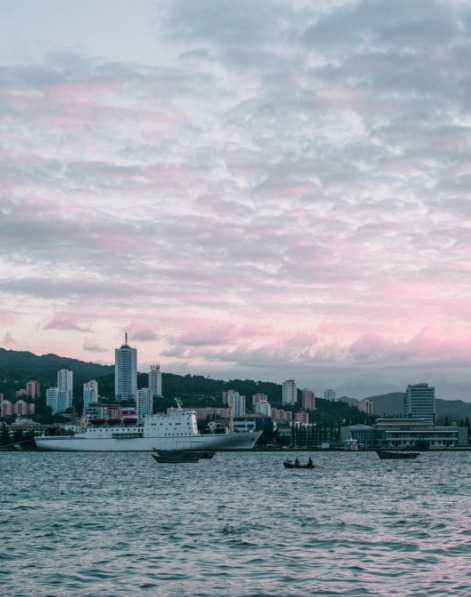
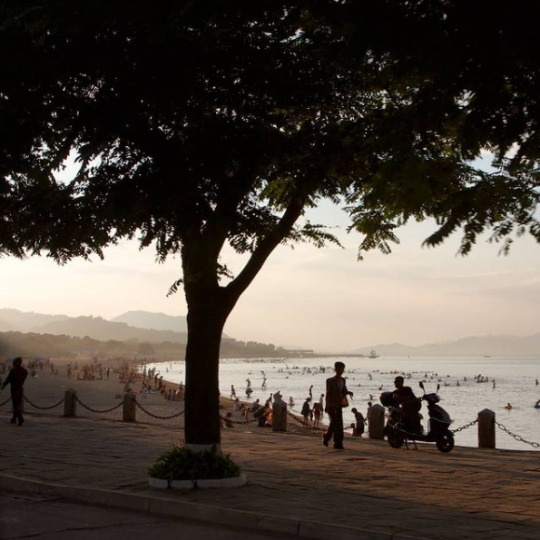
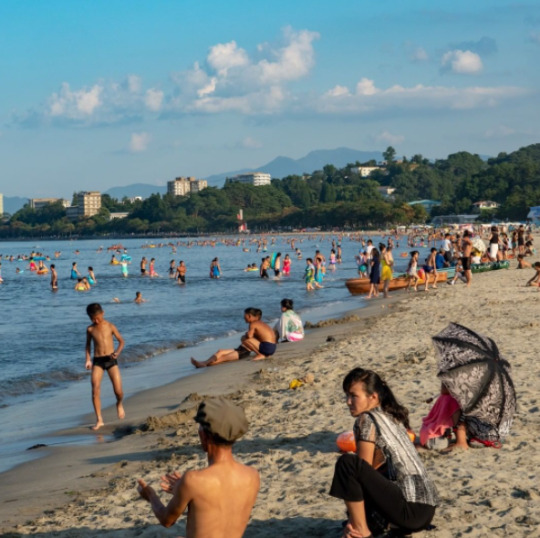
Masikryong Ski Resort, located close to Wonsan. It opened to the public in 2014 and is the first, I believe, that was built with foreign tourists in mind.
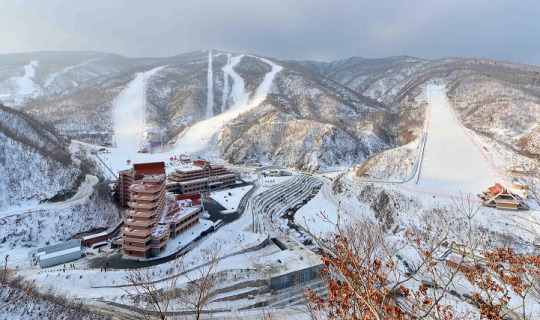
Sariwon, another rebuilt city
One of the worst hit cities during the Korean War, with an estimated destruction level of 95%.
I've written about its Wikipedia page here before, which used to mockingly describe its 'folk customs street'—a project built to preserve old Korean traditions and customs—as an "inaccurate romanticized recreation of an ancient Korean street."
No mention, of course, of the destruction caused by the US-led aerial bombings, or any historical context at all that could possibly even hint at why the preservation of old traditions might be particularly important for the city.
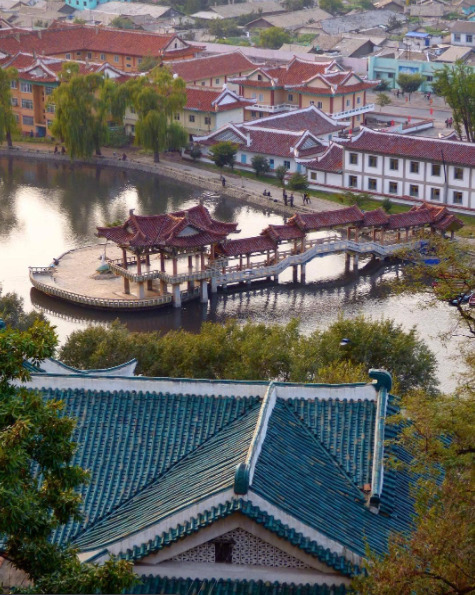
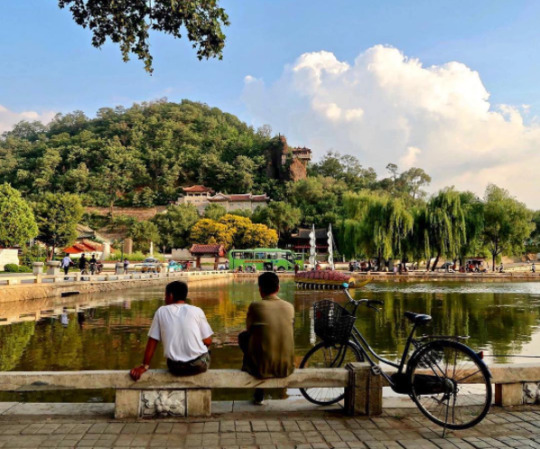
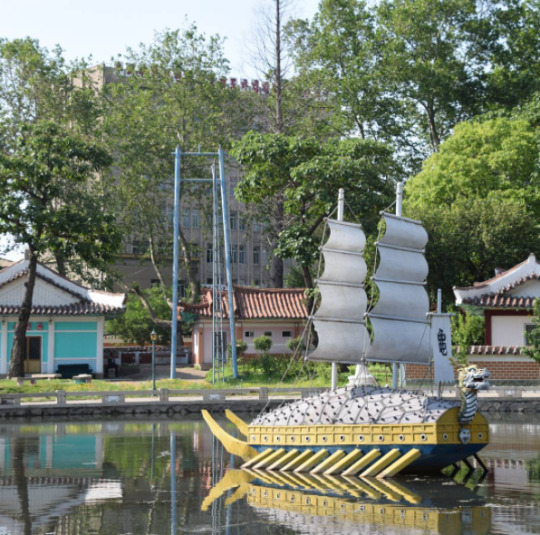
Life outside of the towns and cities
In the rural parts of the DPRK, life primarily revolves around agriculture. As the sanctions they're under make it difficult to acquire fuel, farming in the DPRK relies heavily on manual labour, which again, to avoid food shortages, requires that a large portion of the labour force resides in the countryside.
Unlike what many may think, the reliance on manual labour in farming is a relatively "new" development. Up until the crisis of the 1990s, the DPRK was a highly industrialized nation, with a modernized agricultural system and a high urbanization rate. But, as the access to cheap fuel from the USSR and China disappeared, and the sanctions placed upon them by Western nations heavily restricted their ability to import fuel from other sources, having a fuel-dependent agricultural industry became a recipe for disaster, and required an immediate and brutal restructuring.
For a more detailed breakdown of what lead to the crisis in the 90s, and how it reshaped the DPRKs approach to agriculture, check out this article by Zhun Xu.
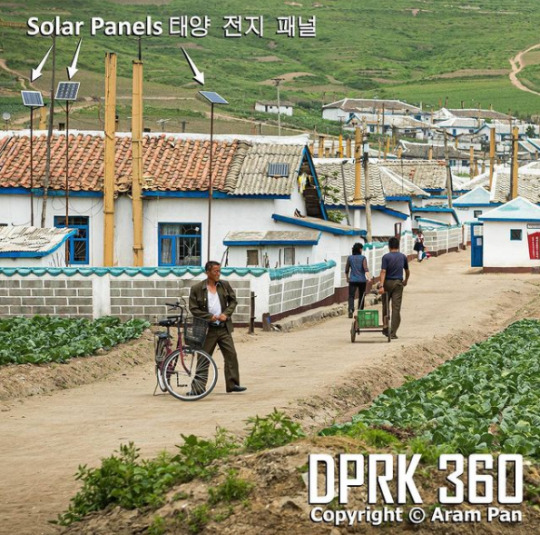
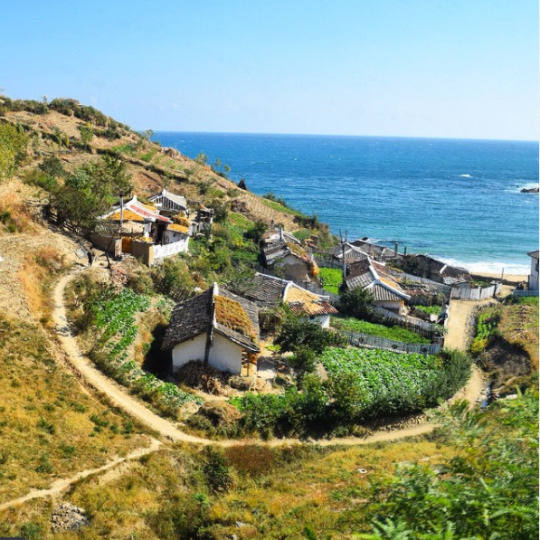
Some typical newly built rural housing, surrounded by farmland.
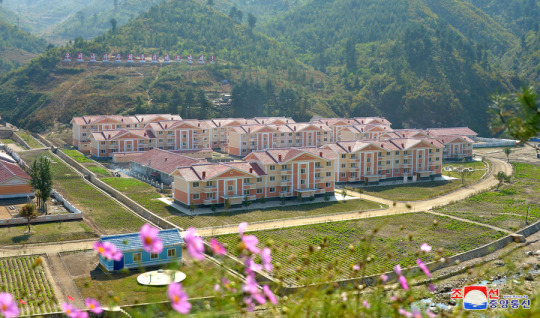
Tumblr only allows 20 pictures per post, but if you want to see more pictures of life outside Pyongyang, check out this imgur album.
#dprk#north korea#i've had this post unfinished in drafts for almost a year#also sorry about the spelling and potential formatting issues it's a nightmare to edit at this point#it was literally just meant to be a collection of picture and then the writing just sort of happened#enjoy the brief heritageposts history lesson i guess
7K notes
·
View notes